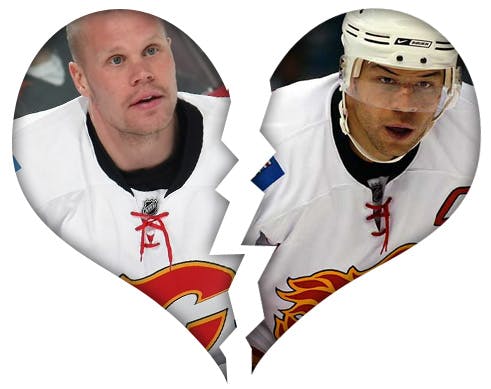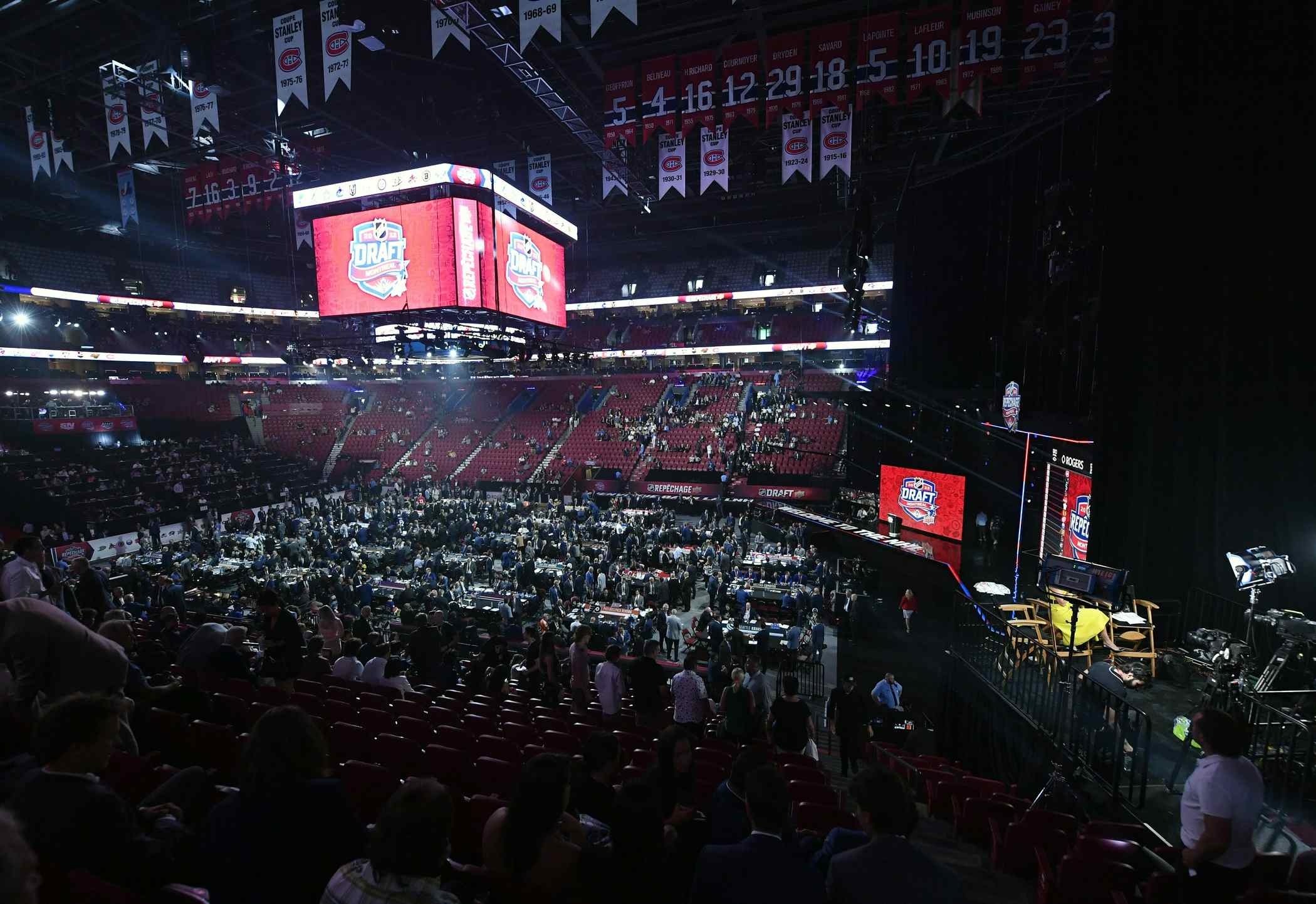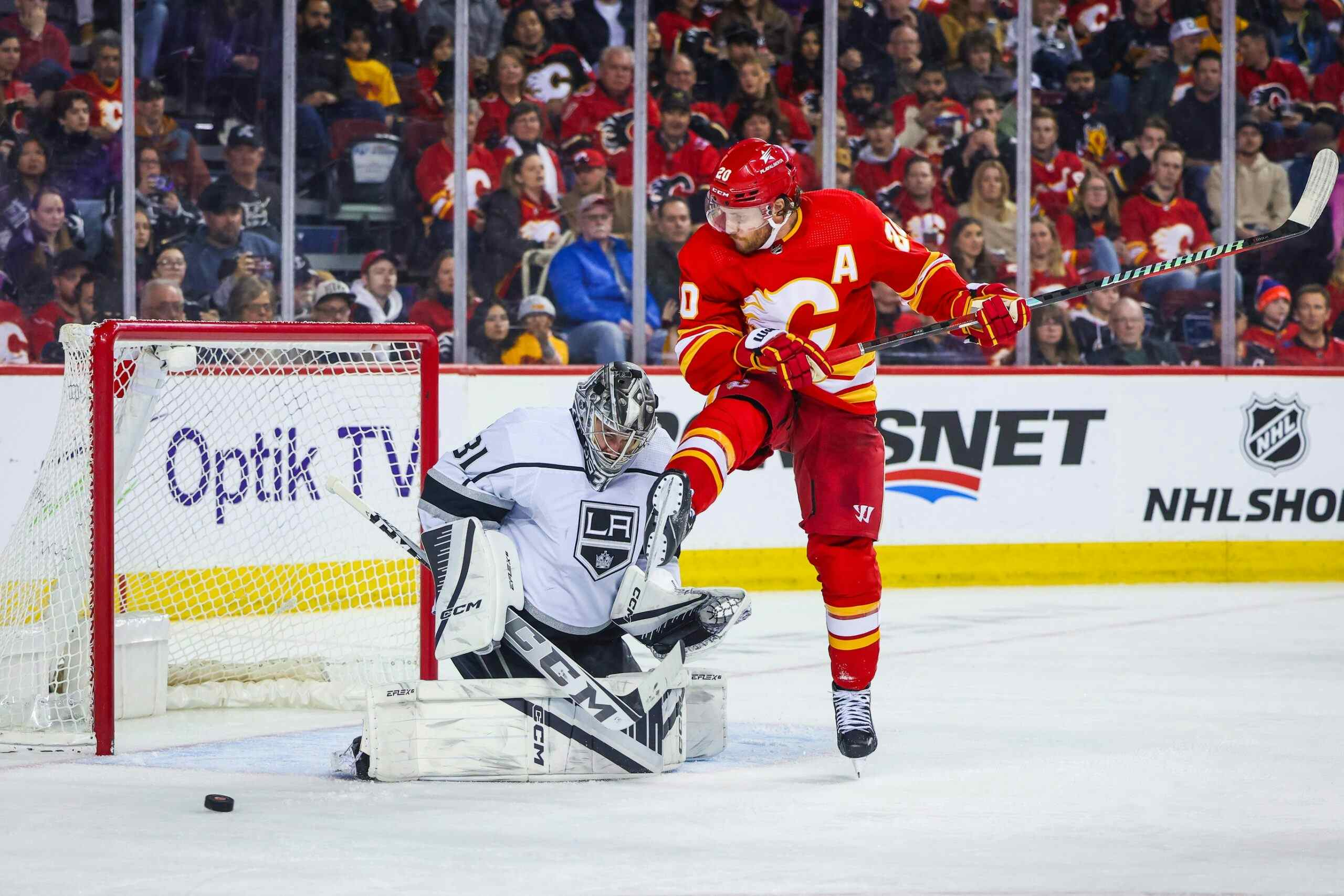The Havlat and the have-nots

Let’s start off by heaping a little praise on deserving parties.
Firstly, here’s an attaboy for the oh-so-prescient Kent Wilson for expressing his concern about Martin Havlat the day before the Blackhawks winger scorched the Flames for the tying and winning goals in Game 1. Havlat has had an odd career — his chronic injuries have sometimes made him unpopular with the guys who sign his cheques and his reckless use of the stick has often made him unpopular with opponents. But few have ever doubted his ability and after getting bashed for disappearing in the playoffs early in his Senators career, he now has 15 points in his 11 most recent springtime outings.
Next, a job-well-done to my former colleague Scott Cruickshank for publicly calling for the break-up of the Jarome Iginla-Olli Jokinen tandem. Who says the mainstream guys don’t have a clue? Having spent many a night next to Scott in a press box, I can promise you he’s no dummy when it comes to the subtler points of the game.
Iginla and Jokinen may have had six shots combined in Game 1, but there are a handful of Calgary forwards who turned in much better efforts in the opener, starting with the guy Scott figures should be playing next to No. 12, Daymond Langkow. Shades of earlier in the regular season when everyone was healthy, the best even-strength shifts in Game 1 typically featured the likes of Curtis Glencross, David Moss, Daymond Langkow, Rene Bourque and Craig Conroy, and far less frequently either Iginla or Todd Bertuzzi (and now Jokinen).
It’s still very hard to understand why Iginla, once an even-strength titan, has struggled so much in that situation this season. The inevitable decline of a well-miled 12-year veteran has been mentioned, but Iginla is still only 31 and his supreme conditioning has been well documented, so that’s a tough one to swallow. Whatever the explanation, past performance of the partnership suggests it would be smart to smoosh No. 12 and No. 22 together again in an effort to kick-start the Calgary captain.
A simplistic view of Game 1 is that the Blackhawks supporting cast, most notably Sammy Pahlsson and Andrew Ladd, matched the Flames’ secondary players while the Chicago stars, including Jonathan Toews and the aforementioned Havlat, badly outplayed Calgary’s marquee players. Especially with Robyn Regehr hurt, that obviously can’t happen if the Flames are to have a prayer in the series.
As it is, it looks like the Flaming-C bunch is in tough. One view of Game 1 is that the Flames had everything going their way until the eased off the gas and allowed the Blackhawks back into the game. Another outlook is that Chicago, with quite a few first-timers in the NHL playoffs, needed a period or so to shake off the nerves and that the second half of the game is more indicative of how the series will run the rest of the way. Theory B tends to be more persuasive, especially since none of the advocates for a potential Calgary series victory has made a particularly convincing argument, least of all Pierre McGuire.
Not to pick on the excitable TSN analyst, but when he starts popping veins in his forehead raving about Bertuzzi’s physical play and describing “eyes as big as silver dollars” as the Ol’ Cannoli Truck is lining up a check, it’s a pretty good reminder to take anything he says about teams with which you’re less familiar with a shaker of salt. By the way, the big hit that McGuire was raving about the other night proved to be Bertuzzi’s only collision of the game. No suprise, Bertuzzi averaged less than a hit a game during the regular season, which is why it should be mandatory for anyone using the term “power forward” to describe the brooding winger to make the quotation-mark sign with their fingers.
One last point, and that relates to the question of possible interference by Ladd on Miikka Kiprusoff on the OT winner. What’s amazing is that after seeing umpteen replays of a borderline call on such plays, there’s never a consensus on what the proper ruling should have been. Of course, that’s probably because there’s shocking inconsistency on how crease-crashing plays are called. There are so many rapid judgments that have to be made by the referees — Was the forward pushed? How hard did he try to avoid contact? Was there encroachment in the blue paint? Was there contact between invading forward and goalie? Was it the goalie who initiated the contact by coming out of his crease and into the path of the cruising opponent? Is the goalie embellishing the severity of the contact? — that it’s no wonder that everyone is always so confused. It’s also why the old zero-tolerance, no-toe-in-the-crease rule, no matter how much it was ridiculed, had some appeal — namely, it eliminated so much of the guesswork by the zebras.
Anyhow, as far as Game 2 is concerned, here are two marginally moronic predictions — the Blackhawks will have more than five shots on goal in the first period and Mike Keenan won’t have the temerity to use Anders Eriksson for nearly 23 minutes for a second straight game. Oh, and the Flames will score a power-play goal.
Recent articles from Jean Lefebvre





